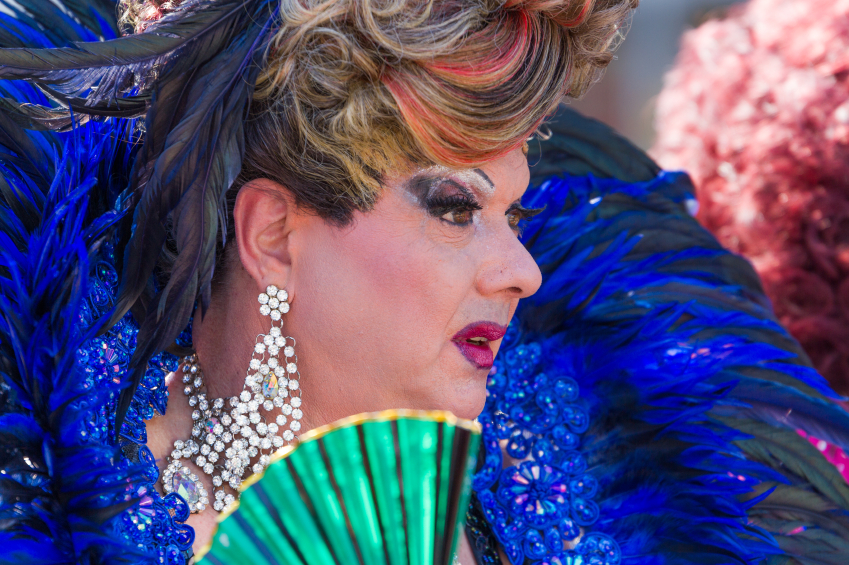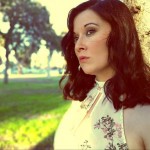
just be a queen.
Sexed up pop royalty may twerk, dizzy Disney princesses can moon over boys and suffer housework, but only a true, tireless queen can werq. And when the often eye-rollingly obnoxious debate starts about which celebrities and characters deserves the role model crown (because god forbid kids look up to doctors, scientists, teachers, diplomats, etc.), is there a better candidate than the campy but confident drag queen?
“You see, Sharon Needles is not just a Princess, she is a Queen,” MamaPop blogger Joy Martin-Malone explained, giddy that her own admittedly Disney-drunk little girls recognized RuPaul’s Drag Race champ Sharon among their princesses while playing one day. “A strong, creative, groundbreaking, wickedly brilliant QUEEN….The parallels between the two are downright uncanny. Both wear grandiose costumes and perform signature songs. Big hair is an absolute staple across the board. Both have been known to make their shining debuts at the local balls. And like it or not, a midnight transformation is all but inevitable.”
There are certain confines of the Disney girls’ universe that we’re all complicit to when we turn a blind eye to them: blatantly whitewashing away racial diversity, perpetuating unrealistic body images, and planting the psychological seeds of finding true love as a first priority over personal goals or contributing to the good of their community. Fairy tales are fun and sweet, and love stories are lovely, don’t get me wrong. The trouble comes when those simple classic tales’ enjoyment are expounded upon and exploited into a multi-media blitz of merchandise: characters’ personalities are little more than sassy swooning sirens, and the moral of the story is muddied by the message to “get with that guy you barely know but have decided you’re madly love with,” at all costs.
As your daughters grow from toddlers into school age girls, then into that treasured demographic of (cha-ching) tweens, the princesses go from animated archetypes to dominated music biz divas-in-training. The cast of characters becomes much more provocative while their motivation stays as empty as that of their childish counterparts– be cute, find and give love. (And that quickly becomes “find and give sex” the minute these girls turn eighteen and/or are free from their Disney channel contracts.) And the same issues carry over from the princesses, in that if I asked you to picture a pop star, odds are good she’d be white, gorgeous, slim, and sexy. I think Miley Cyrus is totally punk (NSFW language but a great essay on why can be read here), deserves to experiment and explore herself, blah blah blah, but I don’t know how I’d feel if I had daughters that grew with her from Hannah Montana into the tongue-wagging, onesie-clad, erm, free spirit whose headlines clog up our social media feeds each day.
But drag queens reign supreme at transforming but not conforming because they look within and found something they wanted to share. They work with and enhance whatever beautiful body type they were blessed with, from padding up slim figures or squeezing curvy gurl parts into Spanx, down to not even letting gender get in their way. They work a wig, pay homage to their heroes, and sweat for tips without a prince charming sharing the stage. “When it comes down to it,” blogger Joy summed up, “I respect Drag Queens. They are artists. They are able to conceptualize an idea and transform themselves (without the help of magic, I might add). They are risk-takers. They are punk.” — Casandra Armour



-300x169.jpg)












